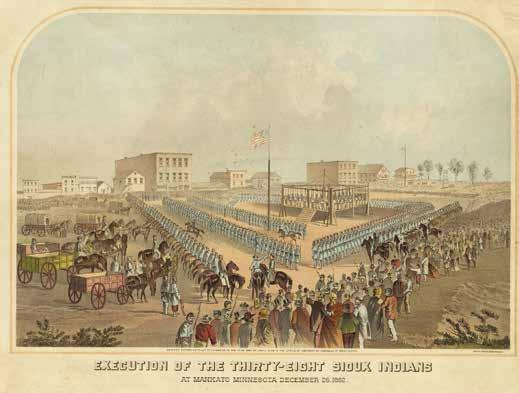[civil war issue]
William Jayne: F First Governor of Dakota Territory By D. Jerome Tweton
In 1854, the political situation in Illinois was volatile. Abolitionists were outraged that Congress had given the people in the territories of Kansas and Nebraska the right to decide whether or not to allow slavery. The Know-Nothing party (officially Native American party) was demanding laws that would restrict immigration in a campaign that lauded “America for Americans.” A committee of Springfield Know-Nothings wanted to nominate Abraham Lincoln for the Illinois legislature. Lincoln, who had already served in Congress, saw this as a backward political move and, hoping that the legislature might select him as United States senator, refused their overtures. On September 3, William A. Jayne (1826-1916), Lincoln’s physician and Know-Nothing abolitionist, disregarded his wishes and placed an ad in the Illinois State Journal that announced Lincoln’s candidacy. An angry Mary Lincoln, looking out for her husband’s political career, rushed to the newspaper’s office and demanded the withdrawal of his name. Undaunted, Jayne rushed over to Lincoln’s house to convince him to stay in the race. As Jayne recalled many years later, Lincoln was “the saddest man I ever saw—the gloomiest.” Lincoln paced back and forth on the verge of tears, laying out the reasons he could not run. Jayne refused to take no for an answer, and finally Lincoln very reluctantly gave in. Lincoln won the November election in a landslide. Sensing that the legislature might send him to Washington, Lincoln declined election. Abolitionists and Know-Nothings were furious. Dr. Jayne felt betrayed and now, in his words, everyone was “down on Lincoln—hated him.”
2







